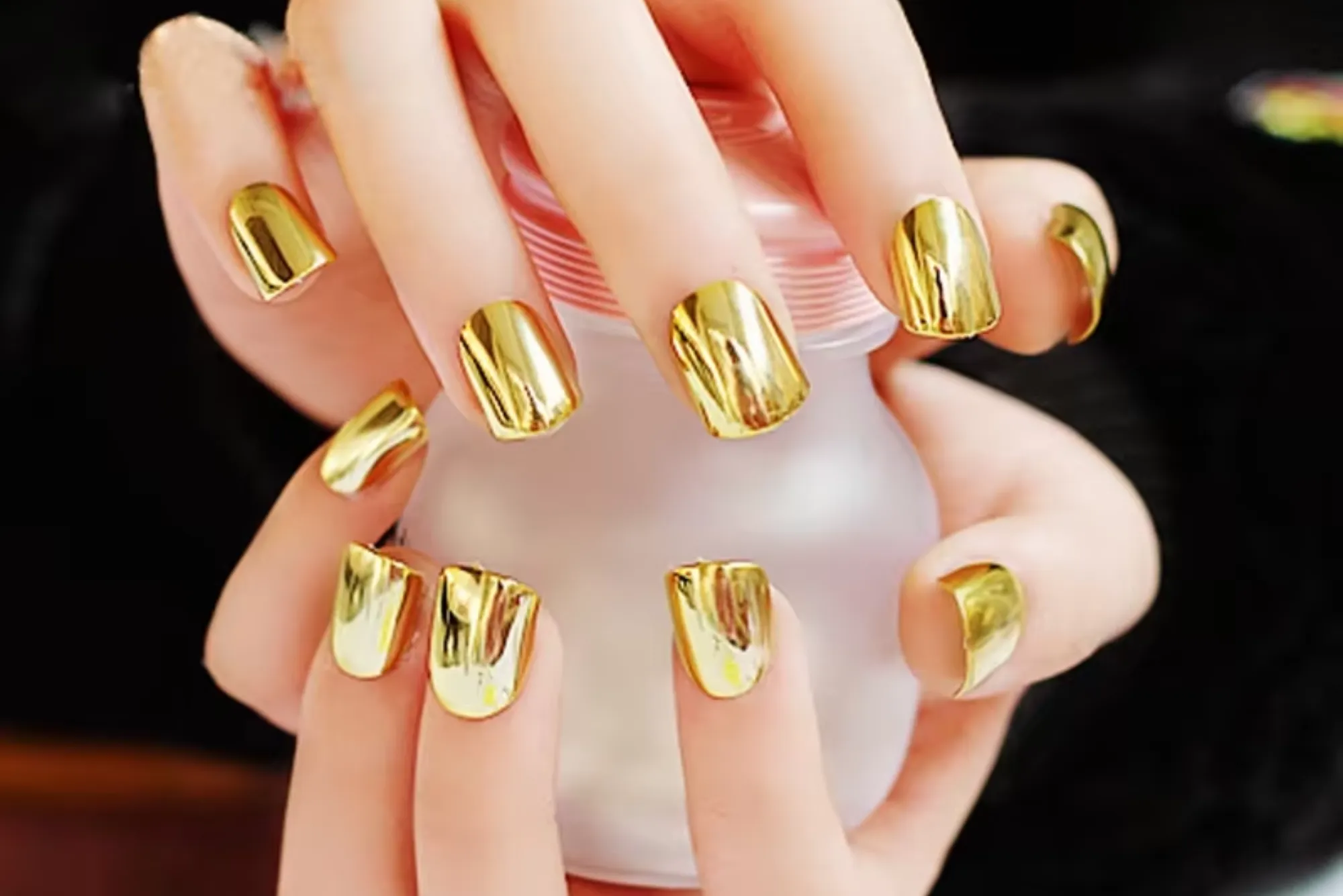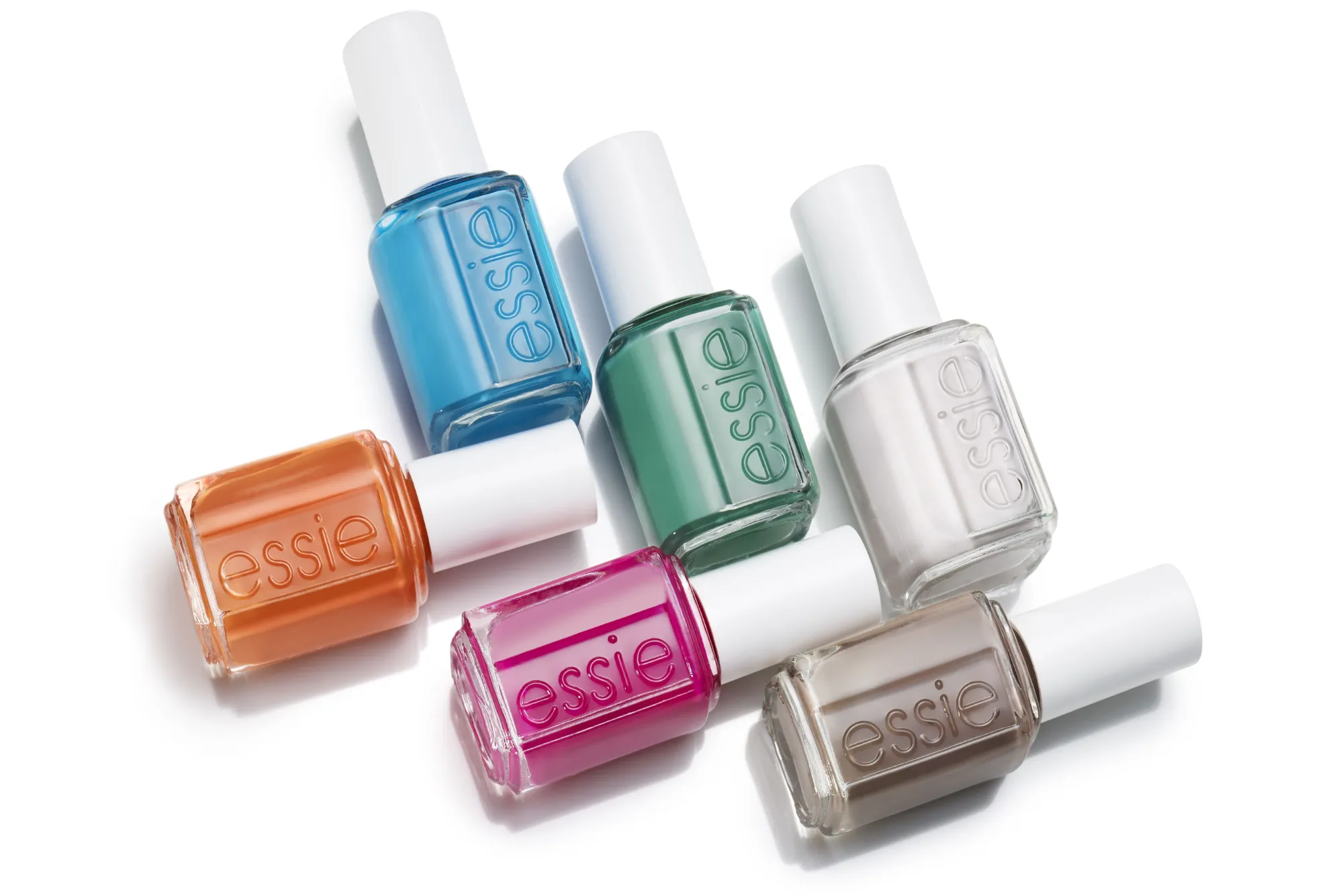Jewelry is more than just an accessory; it’s a powerful tool for expressing your style. Whether you prefer bold, statement pieces or delicate, understated designs, the right combination of jewelry can transform any outfit and help you create a signature look that’s uniquely yours. In this article, we’ll explore how to mix and match jewelry effectively, offering tips and tricks that will inspire you to experiment with different styles and create a look that truly reflects your personality.
Understanding Your Style
Before you start mixing and matching jewelry, it’s important to understand your style. Are you drawn to classic, timeless pieces, or do you prefer modern, edgy designs? Do you like to keep things minimal, or are you more inclined toward bold, attention-grabbing accessories? Understanding your style will help you choose jewelry that complements your wardrobe and reflects your taste.
Assessing Your Jewelry Collection
Next, assess your existing jewelry collection. Do you have a mix of different metals, gemstones, and styles, or is your collection more uniform? Understanding what you already have will help you identify gaps and make more informed decisions when adding new pieces.
Mixing Metals and Materials
One of the most common challenges people face when mixing and matching jewelry is deciding how to combine different metals and materials. The old rule that you shouldn’t mix gold and silver is outdated—today, mixing metals is not only acceptable but encouraged.
Tips for Mixing Metals
- Balance Proportions: When mixing metals, it’s important to balance the proportions. For example, if you’re wearing a gold necklace, consider adding a silver bracelet or ring to create harmony without overwhelming your look.
- Unify with a Common Element: Find a unifying element, such as a similar design or theme, that ties the different metals together. This could be a shared motif, like geometric shapes, or a consistent texture.
- Experiment with Layering: Layering is a great way to mix metals subtly. Start with a base metal, like gold, and then add pieces in other metals, such as silver or rose gold. The layers will create a cohesive look while still allowing each piece to stand out.
Combining Different Materials
Mixing materials like leather, pearls, and gemstones can add depth and texture to your evry jewels jewelry ensemble. The key is to ensure that the materials complement each other rather than clash.
- Contrast and Complement: Pair soft materials like pearls with harder elements like metal or gemstones for a balanced look. The contrast will make each material stand out while still creating a cohesive overall appearance.
- Stick to a Color Palette: When mixing materials, choose pieces within a similar color palette to avoid a chaotic look. For example, if you’re wearing turquoise, consider adding other pieces in shades of blue or neutral tones to maintain a harmonious feel.
Layering Necklaces and Bracelets
Layering is an art that can elevate your jewelry game, but it requires a thoughtful approach to avoid looking cluttered. Whether you’re layering necklaces or bracelets, the principles are the same: vary the lengths, mix textures, and create a focal point.
Layering Necklaces
- Start with a Focal Piece: Choose one necklace as the focal point, such as a statement pendant or a chunky chain. This will serve as the anchor for the rest of your layered look.
- Vary Lengths: To create visual interest, layer necklaces of different lengths. Start with a choker or short necklace, then add a medium-length piece, and finish with a longer necklace.
- Mix Textures and Styles: Don’t be afraid to mix different textures and styles. For example, you could pair a delicate chain with a chunky, beaded necklace. The contrast will add depth to your look.
- Keep It Balanced: While it’s fun to layer multiple necklaces, be mindful of balance. If you’re wearing several necklaces, consider keeping your earrings simple to avoid overwhelming your look.
Layering Bracelets
- Mix and Match Bracelets: When layering bracelets, mix and match different styles, such as bangles, cuffs, and beaded bracelets. This will create a dynamic look that draws attention to your wrists.
- Play with Proportions: Combine slim, delicate bracelets with chunkier pieces to create contrast. The varying sizes will add visual interest without making your wrist look too busy.
- Incorporate a Watch: If you wear a watch, use it as part of your layered bracelet look. Choose a watch with a simple design that complements your bracelets, rather than competing with them.
- Stick to a Theme: Whether it’s color, material, or style, sticking to a theme will help create a cohesive layered bracelet look. For example, if you’re wearing silver bangles, add bracelets with silver accents to tie everything together.
Conclusion
Mixing and matching jewelry is a fun and creative way to express your style. By understanding your preferences, experimenting with different metals and materials, and learning the art of layering, you can create a signature look that’s uniquely yours. Remember, the key to successful jewelry styling is balance and cohesion—whether you’re dressing up for a special occasion or adding a finishing touch to your everyday outfit, your jewelry should always reflect who you are.







